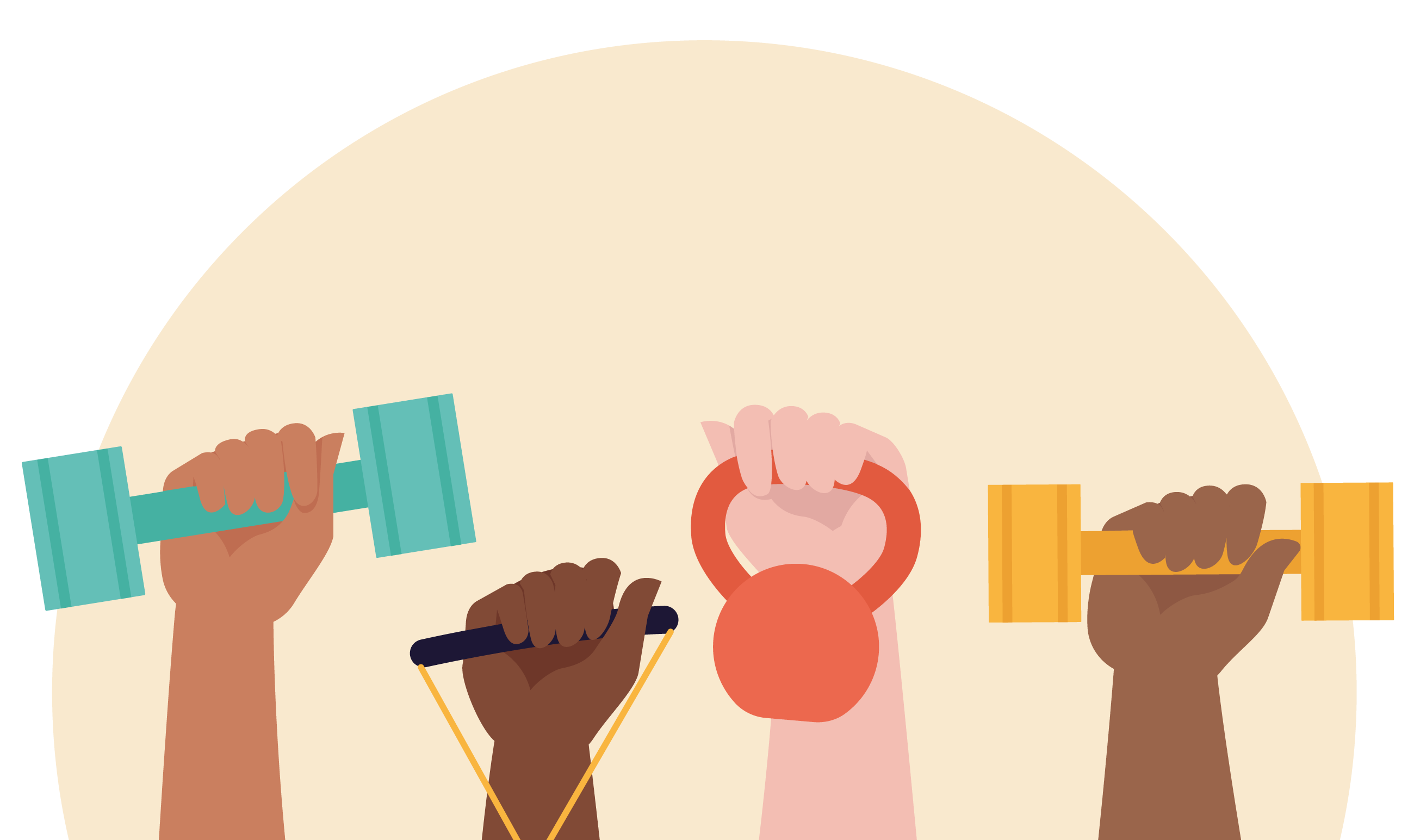Could COVID-19 help unravel gender norms?
Anneliese Dodds was giving her first interview as the UK’s shadow chancellor on 6 April when her young daughter gate crashed the video call. The TV presenter resolutely responded, “She’s welcome any time on this programme.” This contrasts with the widely shared clip of political analyst Robert E Kelly, whose daughter, in 2017, interrupted a live interview with the BBC. Kelly’s wife quickly ran in to retrieve the child, and a Twitter storm over gendered domestic care roles followed. But we now live in a different world: whereas Kelly found global notoriety in 2017, thanks to covid-19 child sightings are becoming common and a whole world of domestic responsibilities and burdens are obvious through video links into people’s homes.
We have written elsewhere about the gendered impact of covid-19, and we are leading a project to collect evidence of these differential experiences. We know that women represent most of the healthcare workforce globally, and if we see increasing rates of infection among healthcare workers, then this will undoubtedly have a disproportionate effect on women. We know from Zika and Ebola that routine services that women access—including antenatal and maternity services, access to sexual and reproductive health services, and routine childhood vaccination programmes—may alter or be limited when the focus of health services remains on the outbreak. We have already seen significant increases in calls to domestic violence hotlines in the weeks since much of the world has been on lockdown. We also know that most policies designed to respond to outbreaks are gender neutral, expecting men and women to be infected and affected equally. This means that sex disaggregated data aren’t always collected, and the burden of care for those infected, or through disruption to routine life (closure of schools, changes to working patterns), is likely to fall disproportionately on women.
But we identify one area of hope: the recognition, most importantly by employers, of the informal care burden that happens within homes, and which disproportionately, although not exclusively, falls to women. In recent weeks, as the global workforce has moved online, meetings have been conducted from people’s homes, making their routine domestic life visible. Whether this is the unmade bed in the background, the dirty cups on the sideboard, or a child interrupting the call, the reality of people’s lives has been exposed. And while toddlers in the background can lighten a meeting, they also represent the stress of trying to balance work and family. As physical distancing measures stretch from weeks into months, this impossible balance is going to become even more precarious, with potential negative mental and physical health impacts.
With bosses being able to see into people’s dual lives, we hope this raises opportunities for flexible working to increase, for recognition of the balance that many perform between paid and unpaid work, and for recognition of who in the household undertakes this labour. We also hope for greater recognition of the importance of secure childcare—a sector almost exclusively staffed by women and frequently undervalued—to both families and our economy. While norms of social reproduction indicate that the burden of domestic responsibilities is likely to fall to women, this could have two effects: firstly, a recognition that women disproportionately take on this burden, and considerations for how to formally recognise this within economies; and, secondly, the recognition that men no longer have housewives at home to perform this load, and that shared parental and domestic duty is much more likely, with employers considering more flexible working patterns.
Some employers have paved the way by recognising the multiple competing priorities, paid and unpaid, that people currently have. These have included reduced expectations for work, extensions on contracts, and flexible working hours, among other measures. But there is no reason that these need to end when the outbreak does. We hope that this domestic burden might be recognised more comprehensively, and the post-covid-19 new world order will account for this.
Crisis can be an opportunity for change: the first world war was a watershed moment for women’s emancipation, with large numbers being added to the workforce and the creation of women’s institutes, which led to women’s suffrage. We hope that covid-19 can be another such opportunity for greater gender equality in the workplace. For this to be achieved we need to stop apologising for personal lives, and let’s see more children on conference calls.
Wenham C, Smith J, Morgan R. COVID-19 is an opportunity for gender equality within the workplace and at home. BMJ. 2020;369:m1546. Published 2020 Apr 20. doi:10.1136/bmj.m1546






